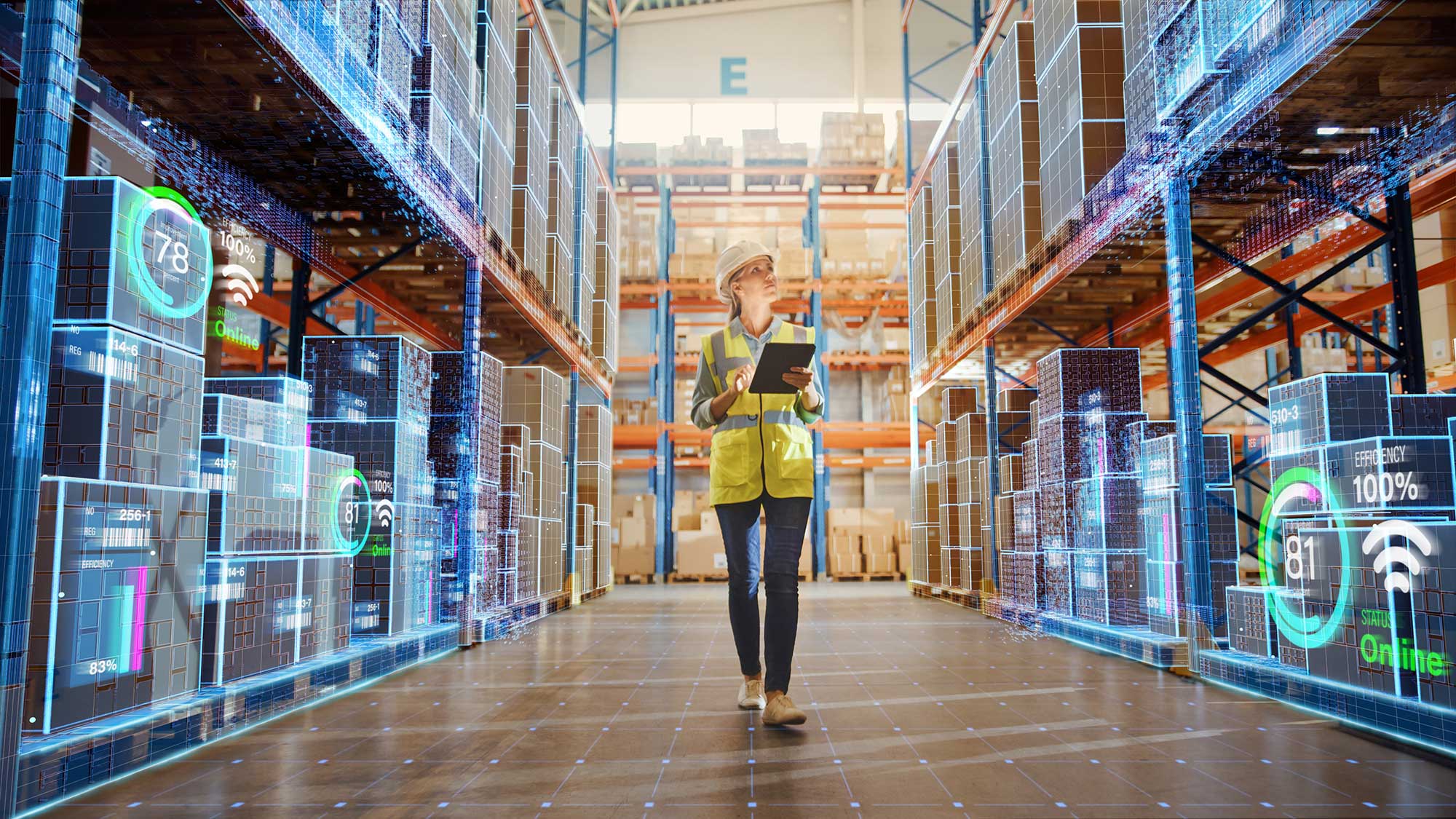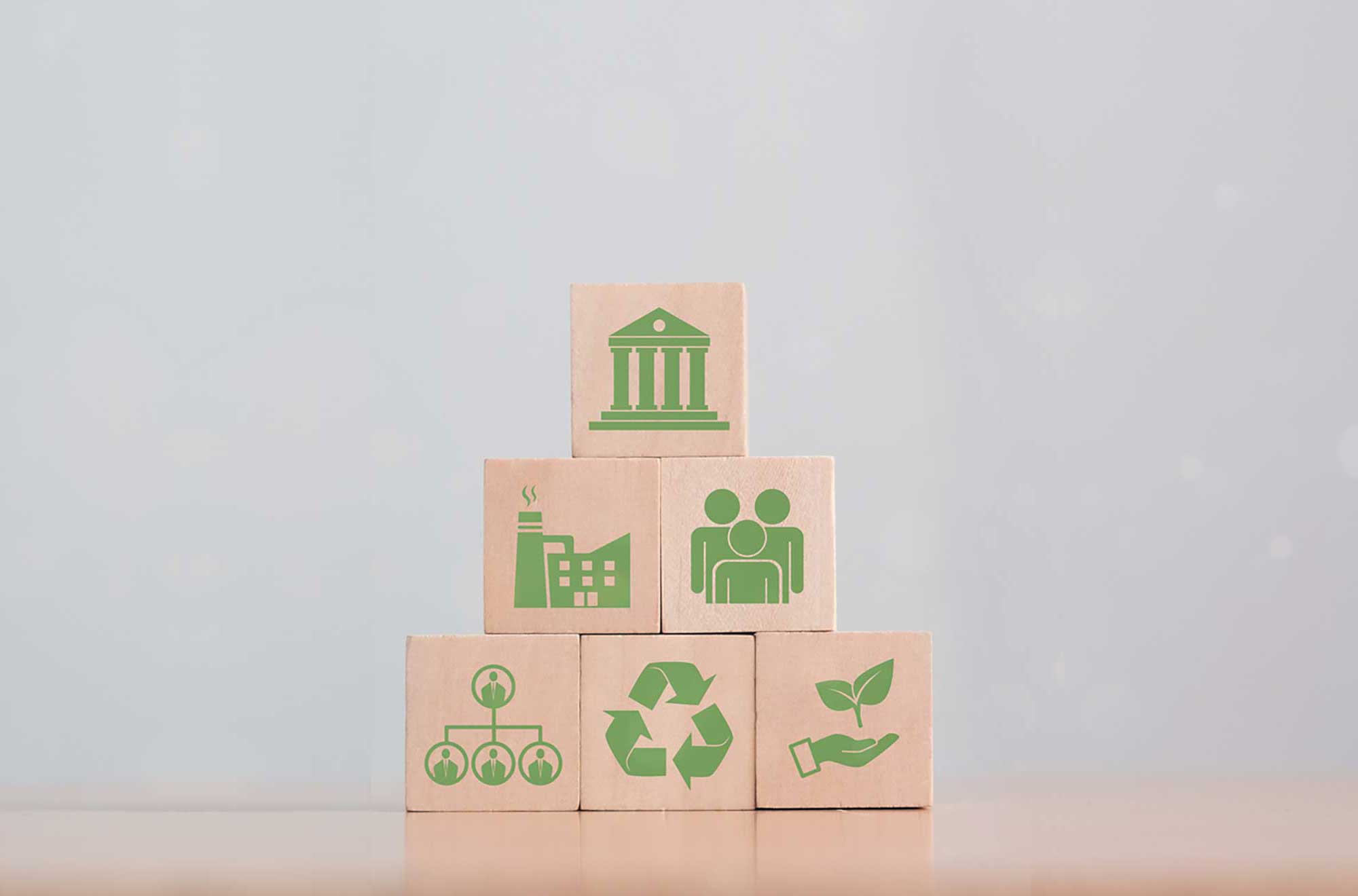Climate change, an expression that everyone is already familiar with and that, unfortunately, is now part of our daily lives. Some of its consequences have a long-term impact, such as the rise in sea levels, the acidification of the oceans, and the loss of biodiversity, but others are becoming increasingly evident and affecting our day-to-day lives more directly: more frequent heat waves, droughts, floods, landslides, hurricanes and tornadoes, including in places where these phenomena did not occur, just to name the main ones.
The consequences have an increasingly greater impact on the global life of our planet and the survival of the species that live on it. With this in mind there is also an ever-growing global mobilization to combat this reality.
Politically, some compromises were made in order to unify actions to fight climate change, the most prominent of which is the Paris Agreement (21st Conference of the Parties on 12 December 2015, in force as of 4 November 2016), which established the following objectives:
• Limit the increase of the average global temperature to levels far below the 2ºC above pre-industrial levels, and
• Pursue efforts to limit the temperature increase to 1.5ºC, knowing that this will significantly reduce the risks and impacts of climate change
This compromise brought about new regulations (via the European Parliament and Council or through national governments) and the adaptation of various existing regulations, such as those regarding the EU Emissions Trading System (EU ETS), which were created in 2005 and underwent changes in 2018.
Therefore, there was a reinforcement of measures that were already stipulated at the emissions level in 2014, when the 2030 climate and energy framework was created, which defined phased goals in a manner that enables them to be adapted less aggressively, even if they need to be urgently applied. For instance, the following was stipulated:
• Between 2025 and 2029, passenger automobiles and light commercial vehicles will be required to emit 15% less CO2 on average.
• As of 2030, new passenger vehicles will emit 37.5% less CO2 on average, and new, light commercial vehicles will emit 31% less CO2 on average compared to 2021 levels.
• The new rules will require manufacturers to reduce the CO2 emissions of new trucks by 15% on average as of 2025 and 30% as of 2030 compared to 2019 levels.
Fortunately, due to the competent authorities’ focus on regulating and supervising this field, but mainly due to the major investment and adaptation efforts made by companies with the greatest impact on CO2 emissions, the EU has already surpassed the goals that have been established for 2020 (greenhouse gas emissions have already been reduced by 23% in 2018):
• Reduce greenhouse gas emissions by 20% (compared to 1990).
• Increase the share of renewable energy by 20%.
• Improve energy efficiency by 20%.
More ambitious goals for reducing greenhouse gas emissions by at least 40% by 2030 compared to 1990 levels have already been defined for the 2021-2030 period.
As mentioned before, there was a commitment to limit global warming by 1.5 degrees with the Paris Agreement and, in order for this to be accomplished, carbon-neutrality must be achieved by 2050 according to the Intergovernmental Panel on Climate Change (IPCC).
In 2018, the European Commission presented a strategy to achieve carbon neutrality by 2050 and, in June 2019, leaders of the European Union appealed to EU countries to implement it.
Carbon neutrality means that there is a balance between emissions and the absorption of this gas from the atmosphere by what are known as carbon sinks (any system that absorbs more carbon than what it emits). For this to happen, there must likewise be an offset via carbon sequestration in addition to the actions taken to reduce the aforementioned emissions
According to “International Climate Negotiations – Issues at stake in view of the COP 24 Climate Change Conference” (November 2018), the estimated removal performed by the natural sinks (the main ones are the soil, the forests and the oceans) vary between 9.5 and 11 Gt of CO2 emissions from the atmosphere per year, whereas annual global CO2 emissions reached 37.1 Gt in 2017.
So, since there are currently no artificial sinks that are capable of offsetting this difference, with the aim of minimizing the greenhouse effect by reducing the presence of CO2 in the atmosphere through sequestration, measures are also being taken at the European level to promote the sustainability of our forests and thereby increase retention of atmospheric CO2.
In 2018, Regulation (EU) 2018/841 of the European Parliament and of the Council of 30 May 2018 was adopted, which establishes accounting rules for land use, use of land changes and forestry sector for the 2021-2030 period. To comply with this regulation, the EU countries created a National Forestry Accounting Plan for the 2021-2025 subperiod, which will serve as a benchmark for defining the contribution of the forests managed by the countries in the aforementioned period.
Considering the activity in this industry (including the use of land and forests, which include the use of plots of land, trees, plants, biomass, and wood), this plan – in the most extensive policy for fighting climate change – includes greenhouse gas emissions resulting from related activities and likewise defines a forest reference level to help assess the compensations for removing CO2 from the atmosphere.
Forest policies for firefighting, changing the use of land, and deforestation prevent the release of carbon that is stored in natural sinks, such as forests.
As expected, these policies and regulations focus on companies that emit the largest amounts of CO2 into the atmosphere and that likewise coincide with those that consume significant amounts of energy. These guidelines, and the actions required to fulfil them, are already helping to reduce energy consumption, since emissions and energy consumption are closely related but, in Europe, the European community wanted to go a bit further and also created new legislative frameworks to reduce energy dependency and for its transition to clean energies.
The 2012/27/EU Energy Efficiency Directive, and Directive (EU) 2018/2002 which amends it, stipulate very ambitious goals in this regard:
• Achieve the goal of 32.5% energy efficiency by 2030 and anticipate future improvements after this date.
• EU countries, through public companies, must help to encourage consumers to use 0.8% less energy each year (0.24% for Malta and Cyprus).
• Increase transparency and fairness in energy distribution, sharing, metering, and billing (reinforcing also consumer rights and social aspects of energy efficiency), as well as eliminating obstacles that hinder energy efficiency in provisioning and use.
Except for some amended rules, for which the deadline is 25 October 2020, all this Directive is in force.
Directive (EU) 2018/2001 on promoting the use of renewable energy sources (applicable as of 24 December 2018 and undergoing implementation into the legislation of EU countries by 30 June 2021) includes the following measures:
• A binding global EU goal of having at least 32% of energy coming from renewable sources by 2030.
• Rules for financial stimulus and assistance in developing and transitioning to renewable energies and for self-consumption.
• Rules for an improved guarantee of origin system, extended to all renewable energy sources.
• Specific rules for the heating and cooling industries and for the transport industry, stipulating an increase in renewable energy shares in the industry (1.3% and 14%, respectively).
• Reinforcing the EU’s sustainability criteria for bioenergy, increasing the coverage of its application.
Regulation (EU) 2018/1999 on the Governance of the Energy Union and Climate Action (in force since 24 December 2018):
• Mandates that EU countries develop integrated national energy and climate plans every ten years.
• Establishes consulting mechanisms, requirements for national and EU inventory systems for greenhouse gas emissions, policies, actions and projections to harmonize processes and promote cooperation among member states and the European Commission.
• It likewise establishes control mechanisms that will help to ensure that the targets are achieved and that the variety of proposed actions constitute a coherent and coordinated approach.
Therefore, it becomes apparent that there are very extensive efforts to achieve the defined goals and objectives, and many of the measures focus on the increase in energy efficiency and on the transition to clean energies.
A very substantial amount of regulations to establish goals and measures conducive to these purposes have already been submitted and are in effect; however, very often they fail to define the path that must be taken to achieve them, and – due to the variety of actors and their peculiarities – the measures and decisions that must be taken are very different. Furthermore, a solution in a company can be vastly different based on its geographical location, even though it may have various installations with the same activity.
The ISO - International Organisation for Standardisation, has a variety of standards that play an essential role in the climate agenda, helping to monitor climatic changes, quantify greenhouse gas emissions, and promote good practices in environmental management.
ISO once again created a standard to systematize the management of an organisation with a focus on a strategic direction and, in this case, ISO 50001 - Energy Management Systems – Requirements with guidance for use, which is a great example of how an organisation’s energy performance can be oriented towards continuous improvement.
Upon implementing ISO 50001, the organisations are establishing a structure that makes it easier for them to make decisions and take measures based on their human and material resources, like with the other standards, but with a very strong focus on performance and, consequently, results.
This standard follows a high-level structure, which facilitates its integration with other standards and enables to take advantage of synergies in establishing processes and in the organisations’ strategic planning.
Like the other standards that have recently been revised, it also promotes the comprehension of each organisation, its context, and the needs and expectations of their interested parties. Considering globalisation and the evolution of technology, the organisations’ knowledge and their context is taking an increasingly important role when choosing a direction:
• Accessibility to technologies that enable improved energy performance and the relevance of its application to the company’s reality.
• Accessible energy sources.
• The energy policies of the country, in which it operates.
• Applicable legal requirements and other compliance obligations.
• The organisation’s productive needs.
• The increase in the efficacy and efficiency of productive equipment and processes.
• Requirements for the products and services that are provided.
• The need to reduce energy costs.
• Synergies with other organisations in the sector or from their value chain.
• Many organisations’ expectations in reducing the carbon footprint in their value chain.
• Raising awareness among the public and public pressure for more sustainable development.
All these factors, along with others that have not been mentioned, create opportunities as well as risks for the organisation’s activity. The analysis of these risks and opportunities and decision-making aimed at minimizing these risks and taking advantage of emerging opportunities are addressed in ISO 50001 as a basis for defining energy policy and subsequent actions. This standard also provides guidelines on how to manage and deal with these risks and opportunities.
Although an organisation may know about its context and interested parties, an energy policy can only be implemented through a leadership that is committed to continuously improving the organisation's energy performance and the efficacy of its Energy Management System (EnMS). Regarding leadership, the standard considers the resources, competencies, and responsibilities that top management must ensure to meet the goals and objectives that are defined within the scope of the EnMS, such as:
• Approval of action plans and promoting their compliance.
• Resources that enable the execution of decisions that have been made.
• Human resources concerning the EnMS, its competencies, and responsibilities.
• Training parties involved in the EnMS.
• Fulfilment and adequacy of the defined objectives.
• Managing change.
Also following PDCA (Plan, Do, Check, Act) principles, this standard provides guidelines for creating procedures and mechanisms for energy assessment, identifying the organisation’s energy uses, its impacts, its relevance, and significance to understand which aspects have deficiencies and fragilities. This evaluation allows organisations to identify areas with the greatest energy consumption (which sometimes brings unexpected results) and thereby focus the organisation’s efforts on causes with the greatest impact, consequently rationalising investment costs.
When considering an initial energy evaluation as a reference (EnB - Energy Baseline), it becomes possible to monitor the organization’s energy performance and the efficacy of the actions taken towards mitigating the causes of identified significant uses of energy (SEU – Significant Energy Use)).
In the evaluations, the static factors (which are not routinely changed, such as facility size, design of installed equipment, number of weekly shifts, range of products) must be considered, along with the relevant variables (which routinely change, such as production output (production, volume, production rate), Weather conditions (external temperature), working hours, operating conditions (indoor temperature, light level) that impact consumption and for which the approaches differ.
Following up on performance, carried out with the assistance of monitoring of the energy performance indicators (EnPI) and operational control, which must be tailored to the organization’s reality, reflects the results of the planning and allows for quick action to be taken in case of a deviation from expectations. To truly make it a tool that helps the organization’s strategy, the information and data gathered must be obtained through methods that are reliable and appropriate for the organization’s reality (dimensions, complexity, available measuring and monitoring resources and equipment) and be updated frequently.
Information that is gathered during the EnMS planning phase and operation, as well as the generated documentation, must be adjusted and communicated based on the system’s needs. Communication must consider the relevant interested parties (internal and external) and the way, in which communication must take place.
Any assumptions that are made and plans that are implemented may cause deviations if their operationalization is not supervised; consequently, in addition to following the information and data that feed the EnPIs, the operation must take into account control and monitoring of deviations during production or during services provided by the organization, with respect to established procedures.
Additional caution must be given to phases in which decisions that impact energy performance are made, apart from operation, such as design that defines the characteristics and the changes in products, services, equipment, and installations, as well as operational conditions. One phase with a very substantial impact on adjusting the organization’s energy needs to an energy efficiency policy is the supply phase, where decisions are made on purchasing the energy itself (e.g., when choosing on renewable energies) and on equipment and services that have an impact on energy performance.
These two phases encourage the absorption of new knowledge and the facility to access information about the developments and technological advances that are available on the market and that allow to make progress with sustainable development.
Some of the technological and scientific developments fit in the following areas:
• Electric mobility, which is increasingly developing solutions that reduce their impact on the lifecycle, such as using graphene instead of lithium (whose extraction still causes environmental impacts) or increasing the longevity of its batteries (increasing its useful life span and thereby promoting a circular economy) or increasing its recyclability. As expected, all these solutions focusing in improved energy and operational performance.
• Adopting new renewable energies and using those that could enhance resources in the area (for instance, using hydro energy if you have nearby waterlines) and increase their efficiency (solar panels are becoming increasingly more affordable and efficient).
• Architecture and sustainable engineering projects, such as passive architecture that enables a reduction in consumption by taking advantage of the available space, the characteristics of the surrounding geography, climate, and geophysics and using innovative construction materials that have a reduced environmental impact (for instance, resorting to recycled materials).
• The best available techniques (BATs) available for industrial activity with gains in energy and production efficiency and reduced environmental impact. There are European regulations that promote the adoption of this type of available technologies and provide supporting documentation created by specialists such as the BREFs (reference documents for BAT – “Best Available Techniques (BAT) Reference Documents”), one of which is particularly focused on energy efficiency (ENE).
Finally, similarly to the other ISO standards that follow the PDCA cycle, there is a need to evaluate the performance of the EnMS itself. Therefore, this evaluation considers the following tools:
• Monitoring, measurement, analysis and evaluation of energy performance and the EnMS.
• Evaluation of compliance with legal requirements and other requirements.
• Internal audit.
• Management review.
The conclusions drawn from this evaluation must create new measures that complement the ones already planned, corrective measures to eliminate/mitigate the causes of the deviations, and measures to adjust the EnMS to changes and new realities or actions to improve the EnMS’s performance.
With the implementation of ISO 50001, its operationalization, control and evaluation, the organization is creating a strategic framework that enables the systemization of good practices, the identification of risks to be mitigated, the maximization of opportunities, the forecasting of changes, and the ability to quickly adapt to those changes.
The experience with ISO 50001 reveals an increase in the organizations’ energy performance, which in turn results in:
• A reduction in costs, not just energy but also operational and financial.
• Less energy dependence (e.g., self-consumption).
• Greater ease in following legal obligations.
• Greater efficiency in responding to changes (related to the climate, rate, geography, etc...).
• An increase in operational efficiency (better productive performance).
With a reduction in consumption and an increase in the organizations’ energy performance, all these results also help to create a reduced impact in carbon emissions (directly or indirectly) and, as a result, reduce emissions contributions to climate change.
Pedro Fernandes
APCER Business Developer
Climate Change














